Known as the "sacred city" of the East, Qufu is one of China's famous historical and cultural cities. It is also the birthplace of famous Chinese philosopher, Confucius.
Emperors of the past decorated temples with steles, praising the respected thinker and many other historic figures. With more than 2,500 years of history, the city charms with its characteristic antiquity and architecture from past dynasties.
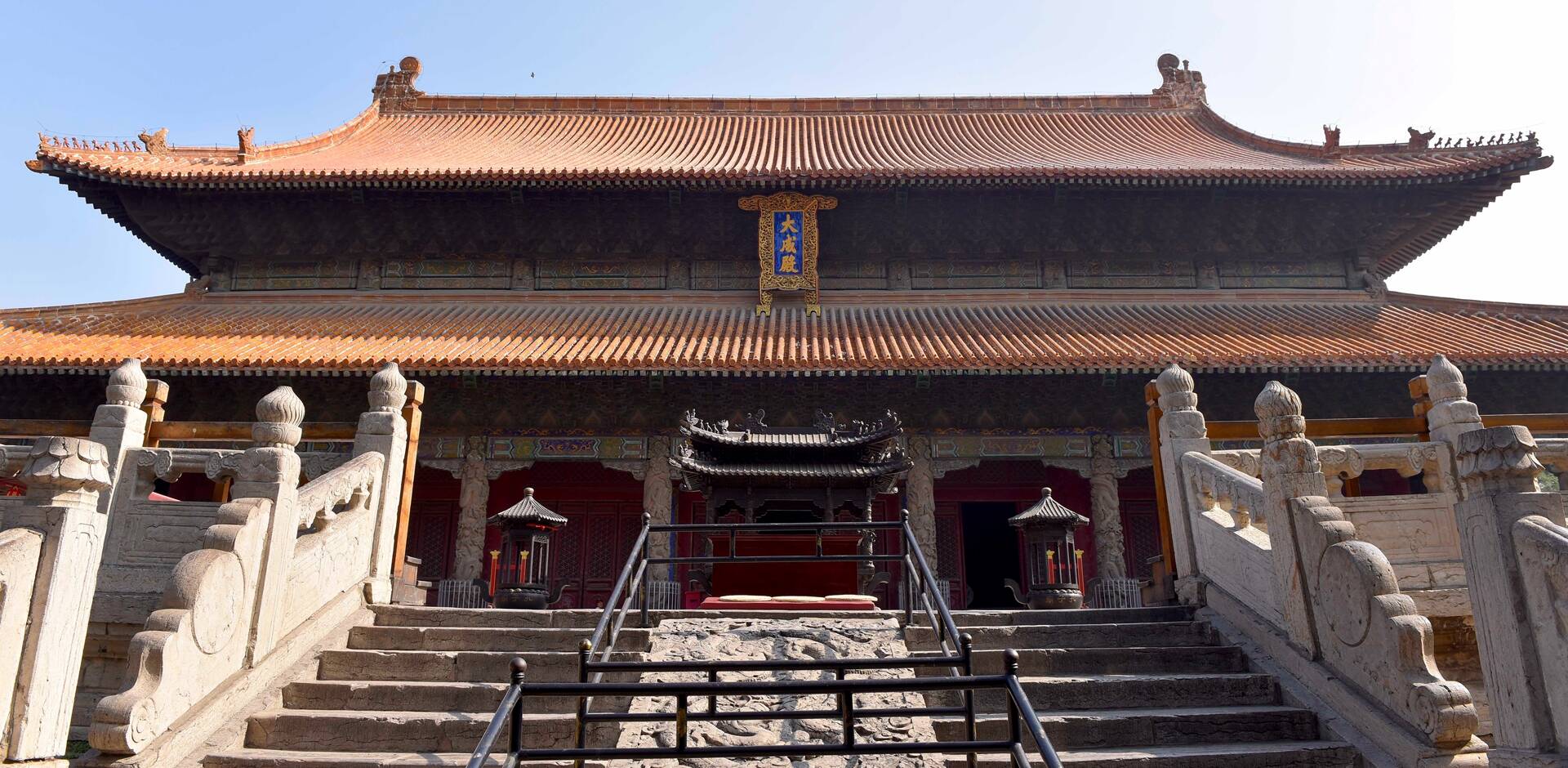
Temple of Confucius
Once the residence of Confucius, the Temple of Confucius became the place for emperors to pay their respects and offer sacrificial services. It is estimated to have been built in 478BC, one year after the death of Confucius.
In subsequent dynasties, the temple was rebuilt and expanded several times. The present one was renovated during the Ming Dynasty and patterned after the Royal Palace.
As one of the three largest ancient architectural complexes in China, the Temple of Confucius boasts an array of cultural relics, including 2,100 pieces of steles, fine calligraphy and stone sculptures.
Confucius Family Mansion
East to the Temple of Confucius stands the Confucius Family Mansion. This was where the first son and first grandson of Confucius lived.
Spanning 39 acres, the mansion houses 463 buildings, including halls, pavilions and towers. Though not as spectacular as the Forbidden City, the mansion showcases luxurious furnishings, exquisite decorations and precious cultural relics.
Cemetery of Confucius
At 1.5 kilometres north of Qufu lies the graveyard of Confucius and his descendants. Believed to have existed for over 2,340 years, the cemetery has expanded from 6.67 hectares to over 200 hectares.
The walls around the cemetery enclose more than 10,000 tombs and more than 42,000 trees. Also within the cemetery are stone structures and steles inscribed with writings of notable individuals.
Temple of Mencius
Dedicated to the famous thinker and educator, the Temple of Mencius is located in South Qufu, in the township of Zoucheng County.
Originally built beside his tomb in the Northern Song Dynasty, the temple was relocated to its present site during the Ming Dynasty. The expanded and refurbished complex now houses five courtyards with 64 halls, four wooden houses and one stone house.
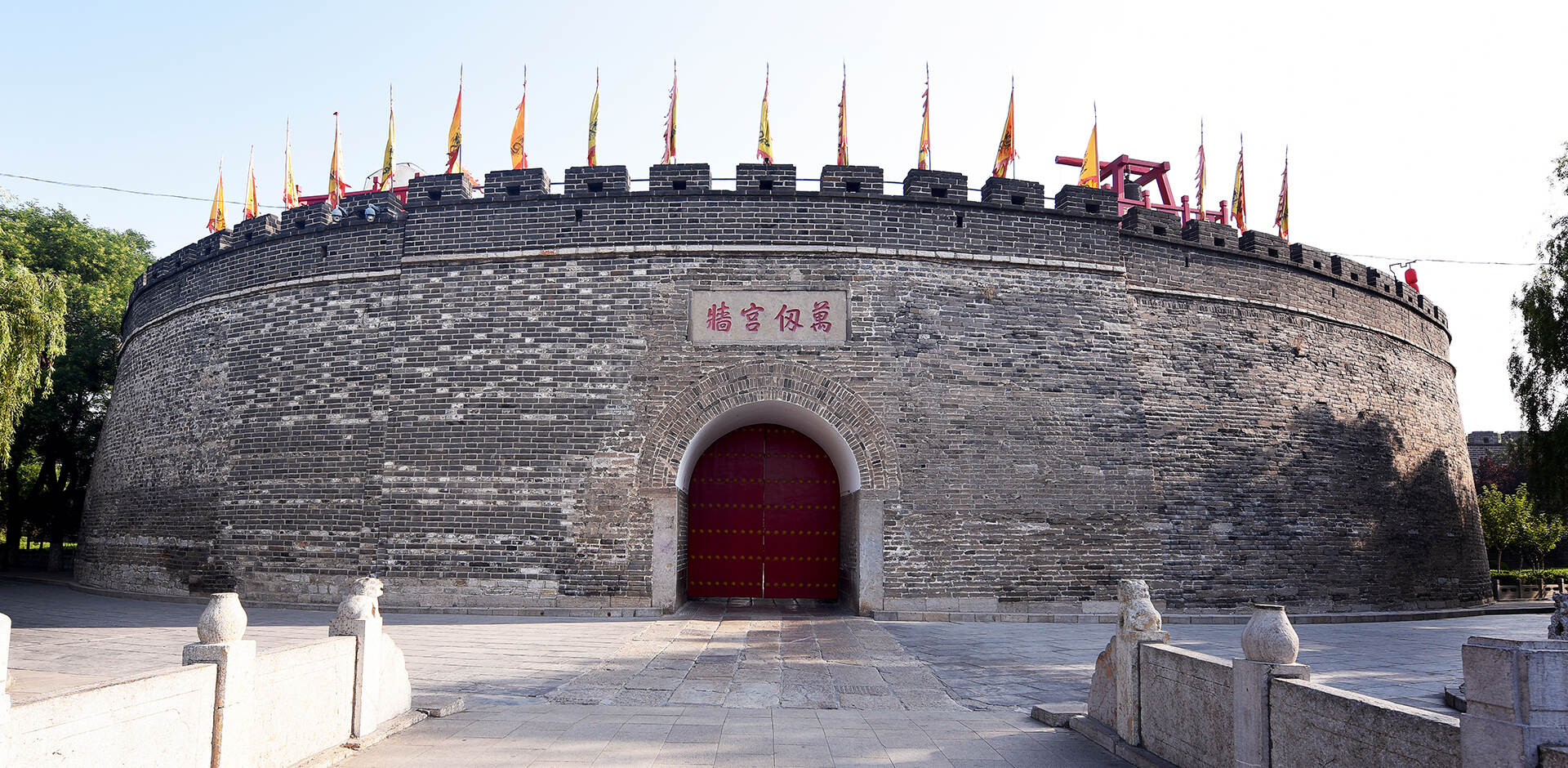
Qufu was home to many ancient Chinese talents, one of the famous being Confucius, the founder of Ru philosophy.
There are 184 protected historical sites, and the Temple of Confucius, the Cemetery of Confucius and the Kong Family Mansion have been listed as UNESCO World Heritage Sites since 1994.
People of different backgrounds and beliefs arrive at Qufu to learn, explore and discover the profound philosophy of Confucius.
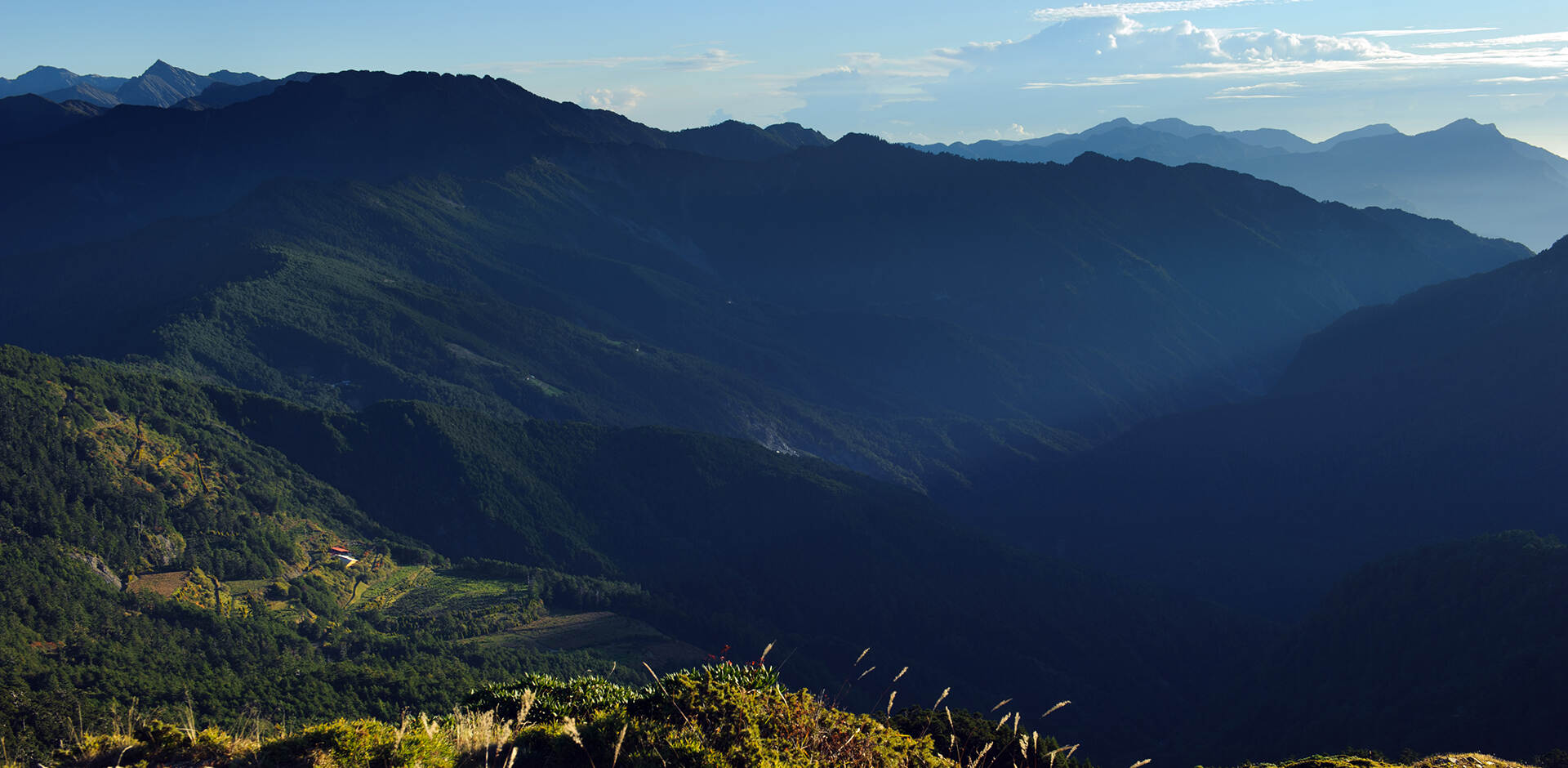
Mount Tai
About an hour's bus ride away from Qufu, Mount Tai stands as one of China's five great mountains. It is associated with sunrise, birth, renewal, and has been a place of worship and significant ceremonies for at least 3,000 years.
It epitomizes splendid Chinese culture and was listed in the World Natural and Cultural Heritage List of UNESCO in 1987.
Nishan Mountain
The Nishan Mountain is 30 kilometres southeast of Qufu Prefecture, flanked by the calm Yihe River and lush green forest.
A number of Confucius sites are located on the mountain, largely due to the belief that the philosopher himself was born in the Fuzi Cave on the Nishan Mountain.
The mountain also includes eight scenic spots: Nishan Confucius Temple, Wulao Peak, Zhiyuan Stream, Kunling Cave, Guanchuan Pavilion, Zhonghe Ravine and Baiyun Cave.
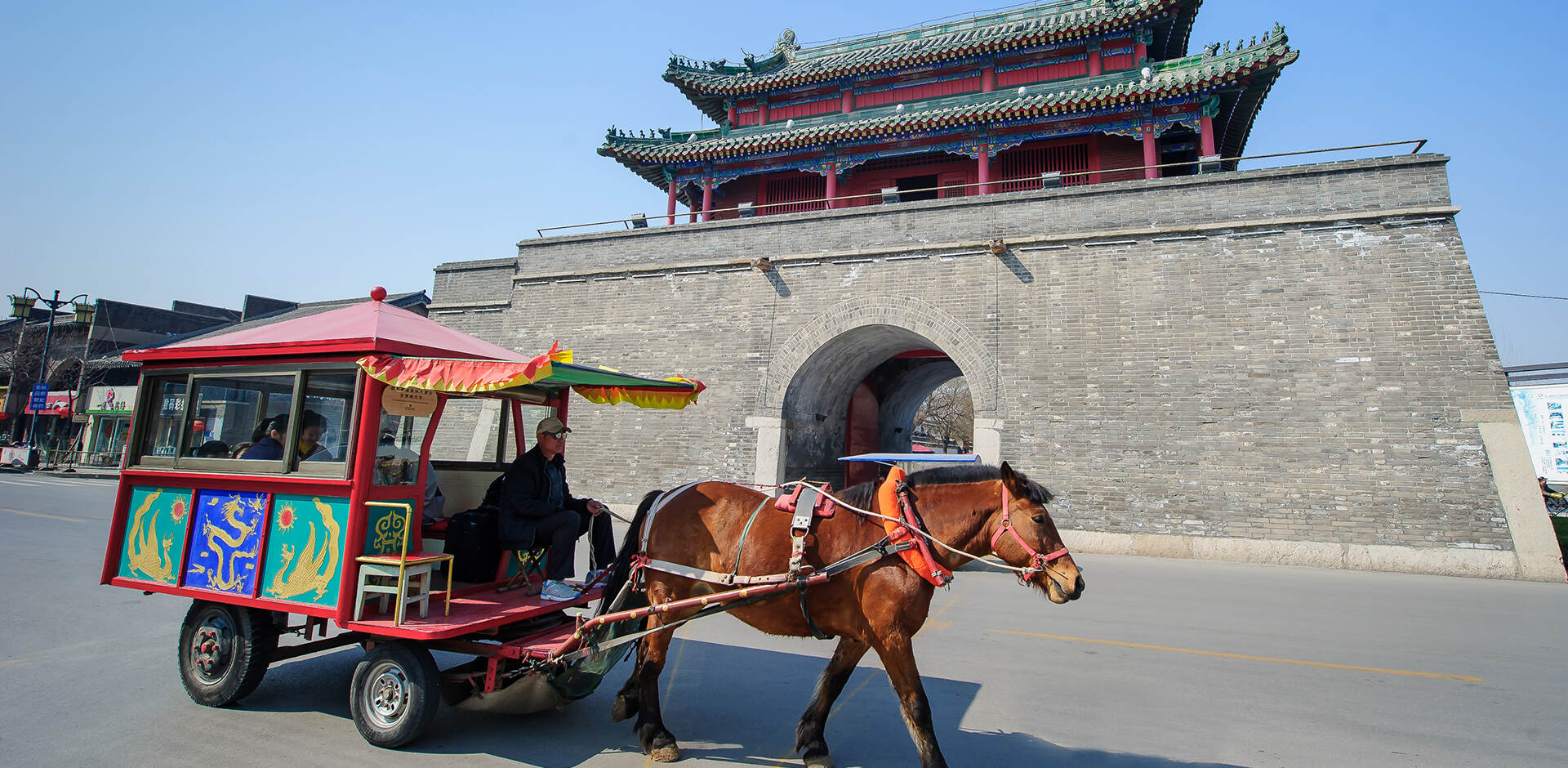
Qufu is a great city to explore on foot. Otherwise, convenient options such as buses or taxis are also readily available.
For tourists, carriage can be hailed from the roadside, for approximately CNY 20 - CNY 30 for majority parts of the city centre.
Whether arranging a private car, handling a taxi or making arrangements to visit city attractions, the hotel Concierge will ensure you arrive at your selected destination comfortably and on time.
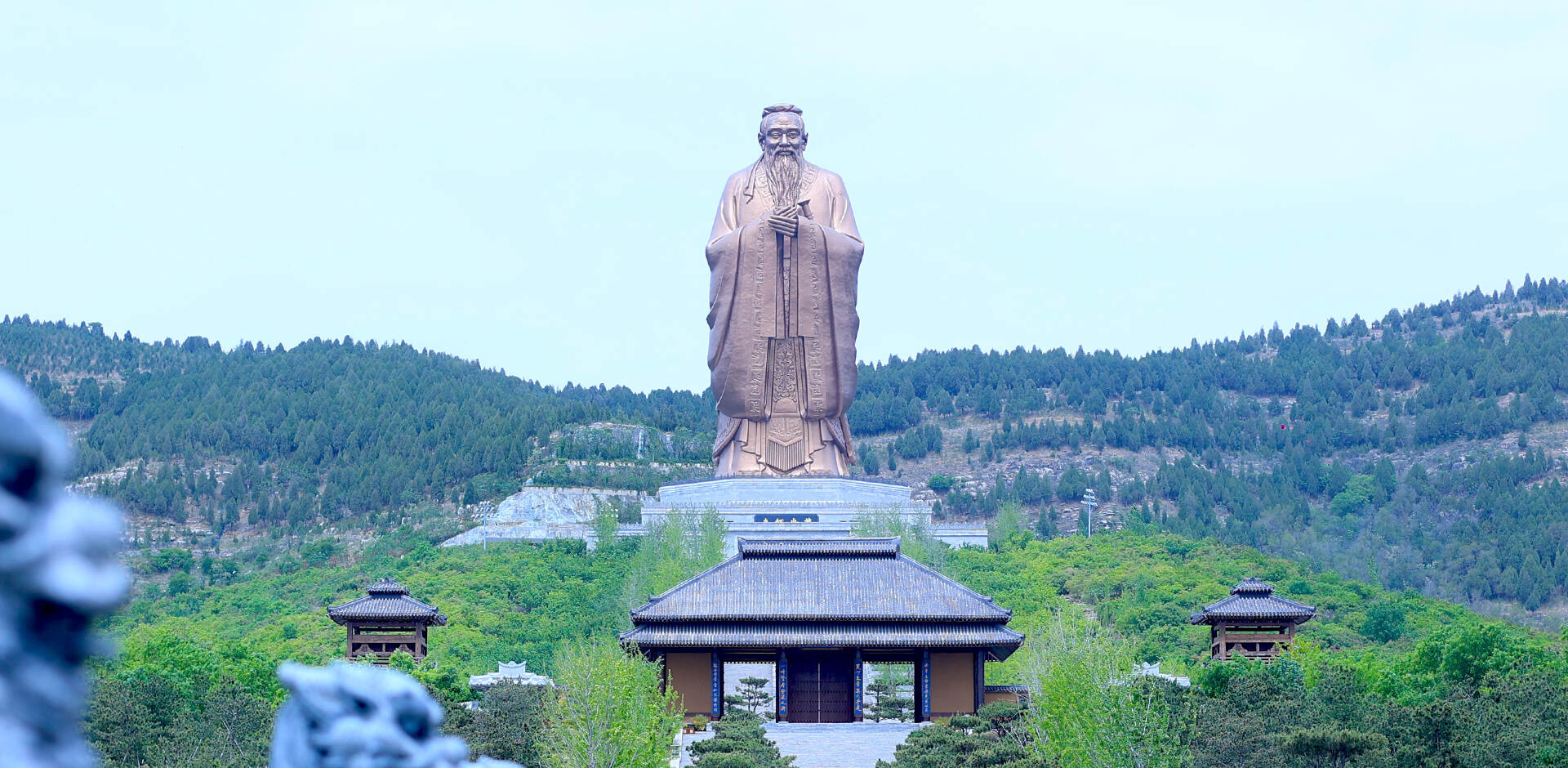
Zoucheng
About 20 kilometres south of Qufu city is Zoucheng, the birthplace of Mencius. Four famous sites commemorate the philosopher - the Temple of Mencius, the Mencius Family Mansion and the Mencius Forest. The tomb of Zhu Tan, the Ming King of Lu, sits at the north of Zoucheng.
City of Lu Kingdom
Lu Kingdom flourished in the Spring and Autumn period of the Zhou Dynasty. The square complex included ten major roads running through the city, while a south-north road served as the axis. In the centre of the city, the palace stands, bordered by formidable walls.
The Mausoleum of Sha Hao
The unique pyramidal tomb is the burial place of Shao Hao, one of the five legendary emperors who ruled China 4,000 years ago.
Dating back to the Song Dynasty, the Mausoleum was made with large blocks of stones, similar to its Egyptian counterparts. On the tomb stands a small temple, while city walls, halls and archways surround the Mausoleum.
NiShan Sacredland
Classical concerts and dances are staged nightly. They are worth a watch for performance Confucius life, their authentic Spring, Autumn and Warring States styles.

North and South Gulou Avenue
Adjacent to the Temple of Confucius and Confucius Family Mansion, this popular shopping district lets you take home a piece of Qufu. Choose from a dazzling array of souvenirs, including statues of Confucius, wood carvings, stone relics and calligraphy.
Queli Pedestrian Street
Another shopping belt within the vicinity showcases specialty products such as Qufu fragrant rice and Confucius Mansion wine. Distinctive handicrafts like the Nishan ink-stone, wood carvings and paintings are also a highlight.
